Like everyone else who grew up in the Americanized 90’s, I was part of the generation that gave birth to the phrase “raised by a television.” After that decade, growing up with and through shows on TV – particularly those aimed at children and teens – became a staple of modern living. There were plenty of shows out there that made an impact on me, one way or another, but there’s a certain group of shows that are so close to my heart, a single thought sends me spiraling into a maelstrom of nostalgia. For me, Mighty Morphin Power Rangers is one of those at the very top of the list.
I’m not blind to the show’s glaring flaws, and even as a child, I knew the show was silly. I knew it was nonsensical, had no discernible or even logical storyline, the special effects were awful, and episode after episode, it was the same, predictable routine.
Depending on the season, Rita, Lord Zedd or Rito would pull a monster-like bad guy out of their seemingly endless supply of them and send them to Earth, where the Rangers would stop whatever generic teenager thing they were doing to meet with Zordon and Alpha, get their mission and activate their Ranger powers, all of them based on a Prehistoric creature. Then they would fight a horde of minions, which would result in a mix of martial arts, sparks and mini-explosions. Seeing the defeat of their minion fast approaching, the overlord from space would magically transform their minion into a Godzilla-like monster, prompting the Rangers to combine their Zords into Megazord to fight it, ignite a couple more sparks and explosions, and finally pull out their sword and defeat the monster minion, inexplicably leaving the city unscathed and momentarily stopping Rita or Lord Zedd from taking over the world.
Every episode in the show’s three seasons followed this exact pattern with only slight and minimal variations when new characters were introduced, like the whole sub-plot concerning the introduction of fan-favorite Tommy. It was ridiculous and predictable, but there was a magic to this show that kept me coming back episode after episode, even when I always knew what would happen and how it would turn out.
This is the first show I remember transcending the TV screen and motivating all the children around me, myself included, to imitate these Rangers and play pretend, fighting each other for characters and throwing punches and kicks at imaginary bad guys in our childish, bastardized version of martial arts. Some of my earliest recollections of the school playground and my neighborhood include fighting the other girls over who would be Trini and Kimberly, before settling on the existence of multiple Trinis and Kimberlys and running around fighting to save the Earth.
But there was more than just fun and entertainment in my experience with MMPR. As difficult as it might be to believe, considering the innocuous superficiality inherent to the show, MMPR was also the first show to make me aware of a couple of social issues that later on in life became personal causes.
[blocktext align=”right”]MMPR was also the first show to make me aware of a couple of social issues that later on in life became personal causes.[/blocktext]While watching MMPR, I first became aware of the possibility of girls physically fighting back and actively standing strong against a bad guy right alongside men and fighting in very much the same way they did. I had never been afraid to throw a kick or a punch, but all of my life, I’d been taught that that was wrong and unladylike, regardless of the situation. I understand there was no intended harm in the instruction, that it was all told in the very general way most social concepts are explained to children to help them grasp it, but the idea of a girl being skilled at fighting and being presented with a situation where she would be required to do so in order to do good was new to me.
Many shows now feature one or two kickass girls fighting bad guys with skills and finesse, but over twenty years ago, that was a rarity. Boys fought while girls looked pretty and waited to be rescued, simple as that. But MMPR showed me not only that girls were capable of fighting with the same ability as boys, but that there was no dichotomy between fighting and being considered a good girl, and that fighting didn’t made you less of a girl. In MMPR, all types of girls were capable of fighting, whether they were delicate and feminine like Kimberly or tough and tomboyish like Trini.
The second social issue I became aware of was the concept of diversity. Most shows now are expected to be diverse or face strong criticism, but most cartoons and shows aimed at children that aired during my childhood featured as characters either anthropomorphic animals or a mostly white ensemble of characters. Before I became aware of the diversity, minimal as it was in MMPR, it never even occurred to me to notice that there were other races and groups out there that rarely made appearances on shows I watched.
MMPR opened my eyes a bit in that sense, and I owe that show thanks for making me realize how underrepresented other racial and ethnic groups – including my own – were in shows during the 90’s, and how most of the time, the minorities were reduced to a single stereotype in an overwhelmingly white cast.
Most of all, I owe Mighty Morphin Power Rangers a debt of thanks for the many years of fun and entertainment it provided me. Many spin-offs spawned from MMPR, countless other Rangers and plenty of other, new adventures came my way with this franchise, but there’s nothing like the original, and this show meant a lot to the girl I was back then.
No matter how much I grow and how much time and space I put between myself as I currently am and the girl who would run back from school and firmly plant herself in front of the TV to watch the adventures of Jason, Trini, Billy, Zack, Kimberly, Tommy, and later on, Rocky, Adam and Aisha, Mighty Morphin Power Rangers is probably one of the things in my life I’ll never stop being nostalgic about.
Lorraine Acevedo Franqui writes for Girl In Capes from Puerto Rico and holds degrees in English Literature and Psychology. Her main interests are young adult lit, anything related to The Legend of Zelda and Kingdom Hearts, assorted shounen mangas and cats.
Check out more pieces from our Throwback Issue, including some of our Gaming Writer’s favorite nostalgic games and an ode to the quiet feminism in Anne of Green Gables.
Want to check out more of Lorraine’s work? She can tell you things you never knew you wanted to know about the Sheikah Tribe in the Legend of Zelda or cultural diversity in Hyrule. You can also visit her author page to check out her full body of work at Girls in Capes.
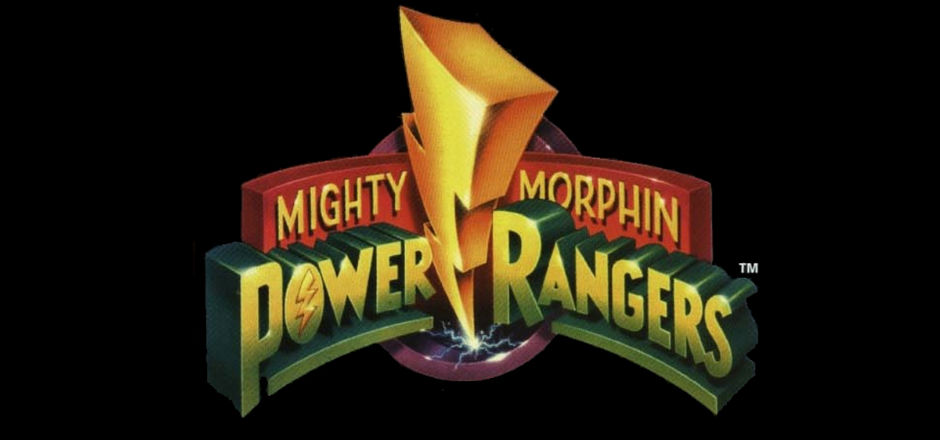

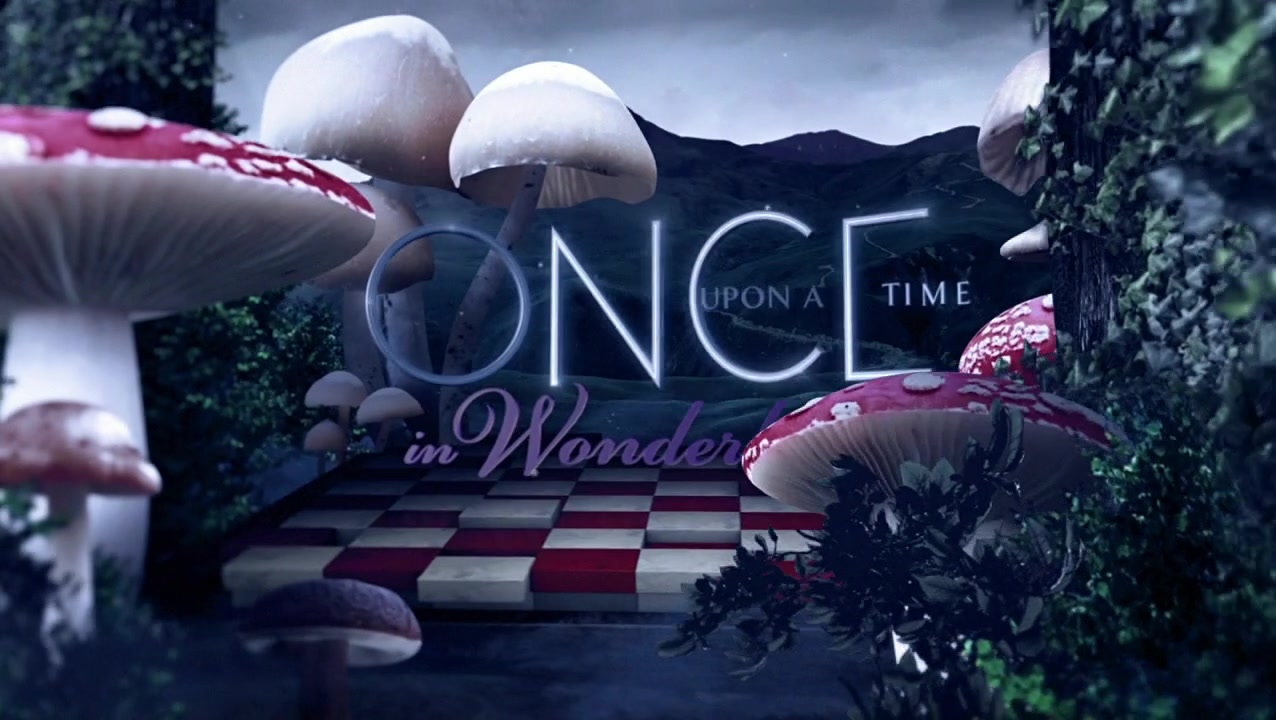
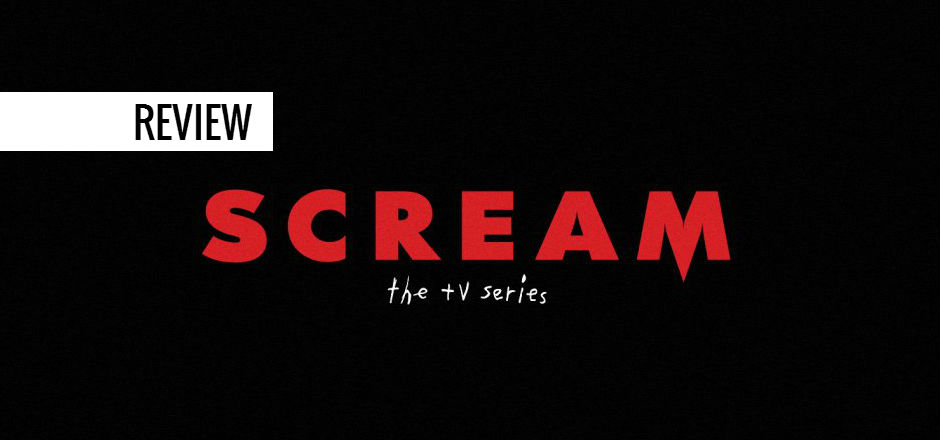
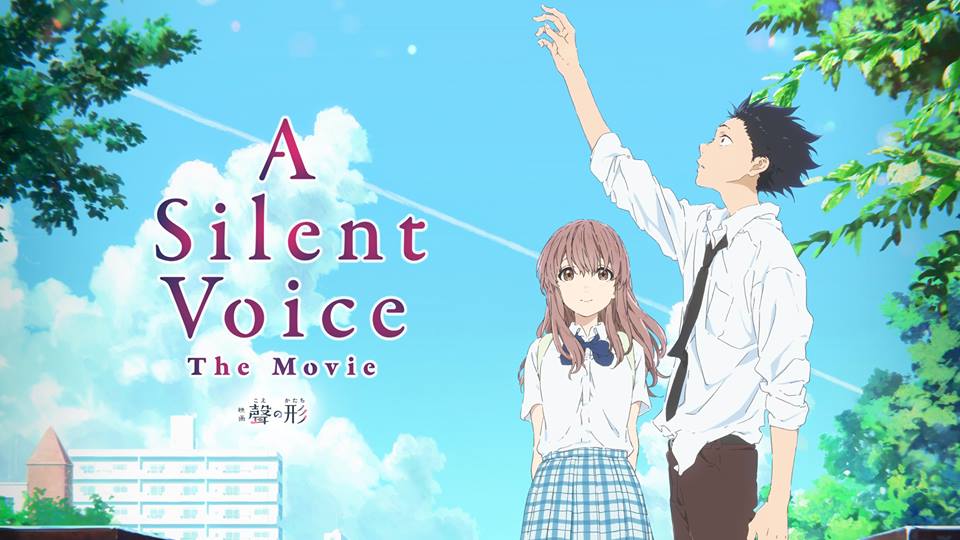
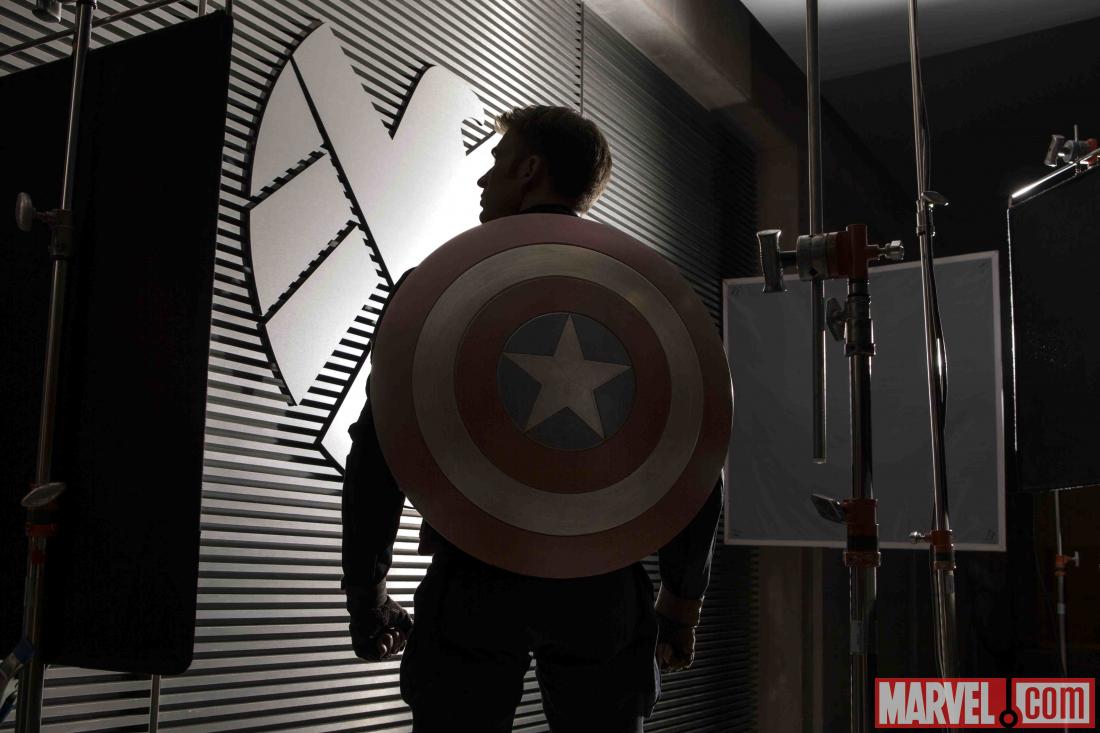

I was definitely doing the same thing: my friends and I acting out the roles of the Rangers. I even had a few of the action figures, whose heads flipped around from a masked to an unmasked Ranger. I think Mighty Morphin Power Rangers: The Movie is on Netflix, if you want another so-bad-it’s-good flashback!
At one point, the series was on Netflix too! I might have watched the first season while working from home last winter…
YES! I loved Mighty Morphin’ Power Rangers! It’s a bit silly watching it now, but it was so novel having two girls kick butt alongside the boys.
Let’s be real though: While MMPR was interestingly diverse that showed us that women can (and should) fight for what’s right instead of waiting on a burly mandude to fix her problem, it was also kinda racist: The Yellow Ranger was Asian lady and the Black Ranger was a Black dude.
I mean… really, Saban? Really? You couldn’t just make the Black Ranger Billy? Or the Yellow Ranger Kimberly? Come on.
Edit: I still do love the show, though. I sat down one summer and watched seasons 1-7 on netflix, no lie. I HAVE NO SHAME.